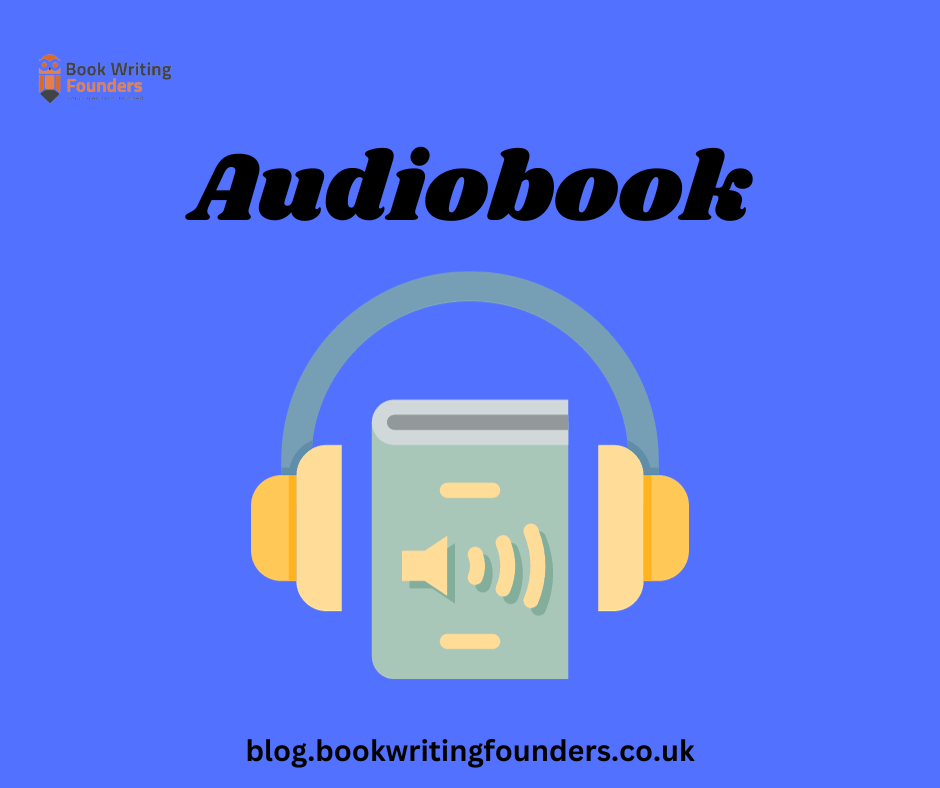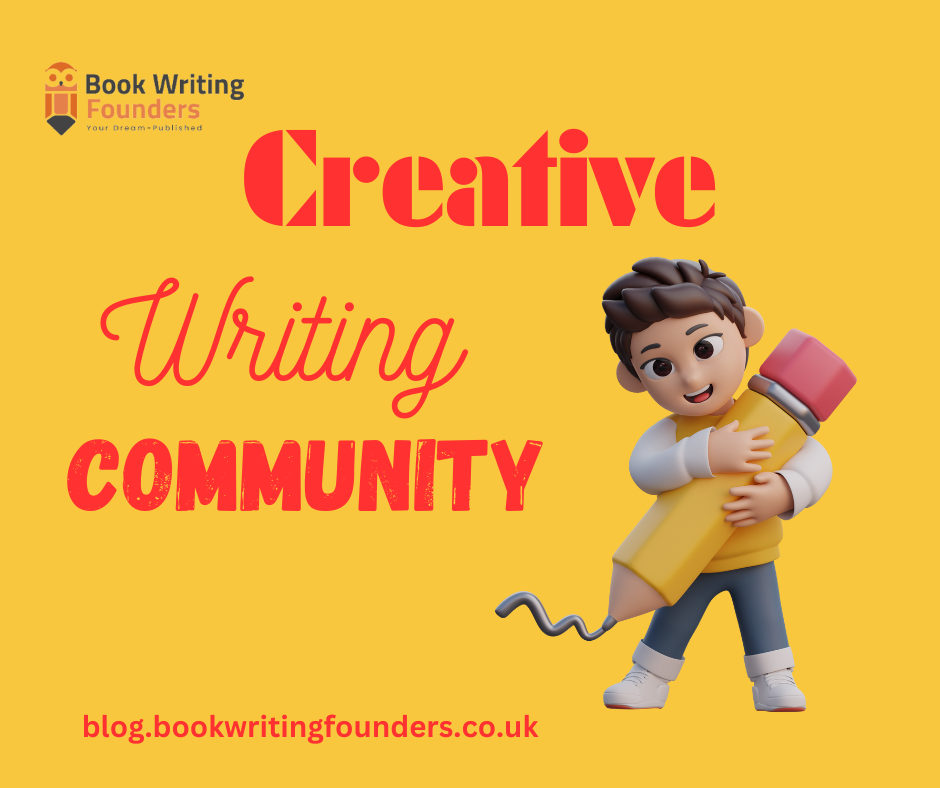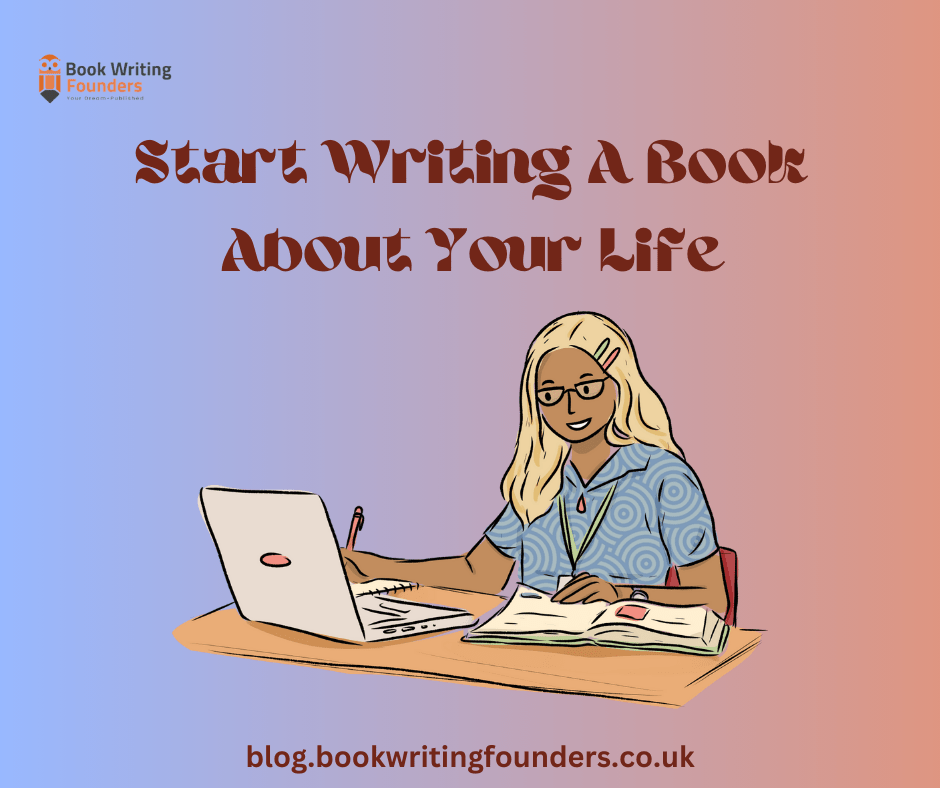
Books
Introduction
Audiobooks are audio recordings of books that can be listened to on various devices, such as smartphones, tablets, or computers. They are an alternative to traditional reading and provide an easy and convenient way to consume literature while on the go.
These books have been around for nearly a century. They were first created for visually impaired people to make literature more accessible. In the 1930s, These books were produced on vinyl records and were mostly used for educational purposes. With the advent of cassette tapes in the 1960s, audiobooks became more widely available to the general public. The popularity of These books continued to rise in the 1990s with the introduction of CDs and later in the 2000s with the growth of digital downloads.
In recent years, audiobooks have become increasingly popular, with sales growing rapidly. This is partly due to the rise of smartphones and tablets, which make accessing these books on the go easier. The convenience of listening to a book while driving, exercising, or doing household chores has also contributed to their popularity.
Types of Audiobooks
These books come in various genres, catering to different tastes and interests. Here are the most common types of books:
Fiction:
Fiction audiobooks are works of literature that are imagined or invented by the author. These books include various genres, such as romance, mystery, science fiction, and fantasy. Fiction audiobooks provide an immersive experience for listeners, transporting them to different worlds and allowing them to experience the characters’ emotions and actions. Examples of popular fiction books include “Harry Potter” by J.K. Rowling and “The Hunger Games” by Suzanne Collins.
Non-fiction:
Non-fiction books are books based on factual information. These books can be about anything from history and science to business and self-help. Non-fiction books provide valuable information to listeners, allowing them to learn new things and gain new perspectives. Examples of popular non-fiction books include “Becoming” by Michelle Obama and “The 7 Habits of Highly Effective People” by Stephen Covey.
Educational:
Educational books are designed to help listeners learn new skills or gain knowledge about specific subjects. These books can be used to supplement classroom learning or for personal development. Educational audiobooks cover a wide range of topics, from language learning to computer programming. Examples of popular educational books include “The Complete Harry Potter Collection” by J.K. Rowling and “The Lean Startup” by Eric Ries.
Children’s Literature:
Children’s audiobooks are designed specifically for young listeners. They often feature narration and sound effects to enhance the listening experience. Children’s books can be educational or purely for entertainment, often featuring beloved characters and stories. Examples of popular children’s books include “Where the Wild Things Are” by Maurice Sendak and “Charlotte’s Web” by E.B. White.
Self-help:
Self-help audiobooks are designed to help listeners improve themselves in some way, whether it be their physical health, mental health, or personal development. These books provide tips and strategies for achieving personal growth and success. Self-help books cover a wide range of topics, including mindfulness, meditation, and stress management. Examples of popular self-help books include “The Power of Now” by Eckhart Tolle and “Atomic Habits” by James Clear.
How Audiobooks Work
How Audiobooks Work Books are a popular alternative to traditional reading, allowing people to consume literature on the go. Here’s how books work:
Recording Process:
The recording process for books involves narrators reading the book aloud into a microphone. The recording may occur in a studio or at the narrator’s home. The narrator must read the book carefully, paying attention to tone, pacing, and character voices. The recording is then edited to remove any mistakes or pauses.
Production Process:
Once the recording is complete, the audiobook goes through a production process. This involves adding music, sound effects, and other elements to enhance the listening experience. The audiobook is then mastered, which involves adjusting the levels and quality of the audio to ensure that it is consistent and easy to listen to. Usually, book agencies do this, and finding the right agency is the toughest part. If you wish to make an audiobook, I suggest you go to Book Writing Founders UK; they are the best.
Distribution Process:
After the audiobook has been produced, it needs to be distributed to listeners. This can be done through various channels, including online retailers such as Audible and Apple Books. Some publishers also sell audiobooks directly on their websites. Listeners can purchase books individually or through a subscription service to access multiple audiobooks for a monthly fee.
Playback Process:
To listen to an audiobook, listeners can use various devices, such as smartphones, tablets, or computers. Publishers also produce books on CDs, which listeners can play on a CD player or in a car’s audio system
Advantages and Disadvantages of Audiobooks
Advantages:
Convenience: One of the main advantages of books is convenience. Listeners can consume literature while on the go, making it easier to fit reading into their busy schedules. If you want to learn more about the advantages of audiobooks, check out our article on How to Become a Ghostwriter: 4 Easy Steps. Listeners can consume literature while on the go, making it easier to fit reading into their busy schedules. With books, there is no need to carry around a physical book, making them an ideal option for travelers or commuters.
Multitasking: Audiobooks allow for multitasking, which is another advantage. Listeners can engage in other activities while listening to a book, such as cooking, gardening, or exercising. This makes it possible to enjoy literature while doing other things, which can help make the most of a busy schedule.
Improved Comprehension: Listening to books can improve comprehension, especially for those who struggle with traditional reading. These books provide a different way of experiencing literature, which can help listeners better understand the content. Listening to a book can also help with vocabulary acquisition and pronunciation.
Accessible to Everyone: Audiobooks are accessible to everyone, including those with visual impairments or reading difficulties. Books provide an alternative to traditional reading, making literature accessible to a wider audience. This includes individuals with learning disabilities, physical disabilities, or other challenges that make traditional reading difficult.
Disadvantages:
Limited to Audio Format: Books are limited to an audio format, which means that readers miss out on the visual experience of reading a book. If you’re interested in exploring the limitations of audiobooks further, you can check out our blog post on What is Critical Writing: Let’s Get into Critical. This can be a disadvantage for those who enjoy the physical experience of reading, such as turning the pages or feeling the weight of the book. Books also lack the visual cues of traditional reading, such as highlighted text or page numbers.
No Physical Ownership: Books do not provide physical ownership of the book, which can be a disadvantage for those who like to collect or display books on their shelves. There is no physical book to hold with books, and listeners only have access to the audio file.
Lack of Interaction: Audiobooks do not provide the same level of interaction as traditional reading. Listeners cannot highlight or take notes in the book and cannot interact with the story in the same way as a physical book. This can be a disadvantage for those who enjoy actively engaging with literature. Additionally, books are not interactive in the way that e-books or digital texts can be, with links to other resources or interactive elements.
Essential Aspects/Elements and Detailed Insights
| Aspect | Detail | Comments |
|---|---|---|
| History | Initially for the visually impaired in the 1930s, popularity surged with cassettes in the 1960s. | Highlights the evolution and increasing accessibility of audiobooks. |
| Types – Fiction | Includes genres like romance, mystery, sci-fi, e.g., “Harry Potter”. | Shows the variety and imaginative nature of fiction audiobooks. |
| Types – Non-Fiction | Factual content covering history to self-help, e.g., “Becoming” by Michelle Obama. | Indicates the informative and educational value of audiobooks. |
| Recording Process | Involves careful narration, often in studios, focusing on tone and pacing. | Essential for creating an engaging and immersive listening experience. |
| Production Process | Adds music, sound effects, and mastering for audio quality. | Enhances the listener’s experience through additional auditory elements. |
| Distribution Process | Distributed via online retailers like Audible, or through subscriptions. | Reflects the modern, digital accessibility of audiobooks. |
| Advantages | Offers convenience, multitasking, improved comprehension, and accessibility. | Highlights the reasons behind the growing popularity of audiobooks. |
Conclusion
Audiobooks provide a convenient and accessible alternative to traditional reading, with various genres to suit different interests. With technological advancements, the future of books looks promising, enhancing the listening experience for all. To stay updated on the latest trends in audiobooks, you can explore our blog post on The Future of UK Writing. The process includes recording, production, distribution, and playback. Although they have limitations like a lack of physical ownership and interaction, books are gaining popularity for entertainment and education. With technological advancements, the future of books looks promising, enhancing the listening experience for all.





